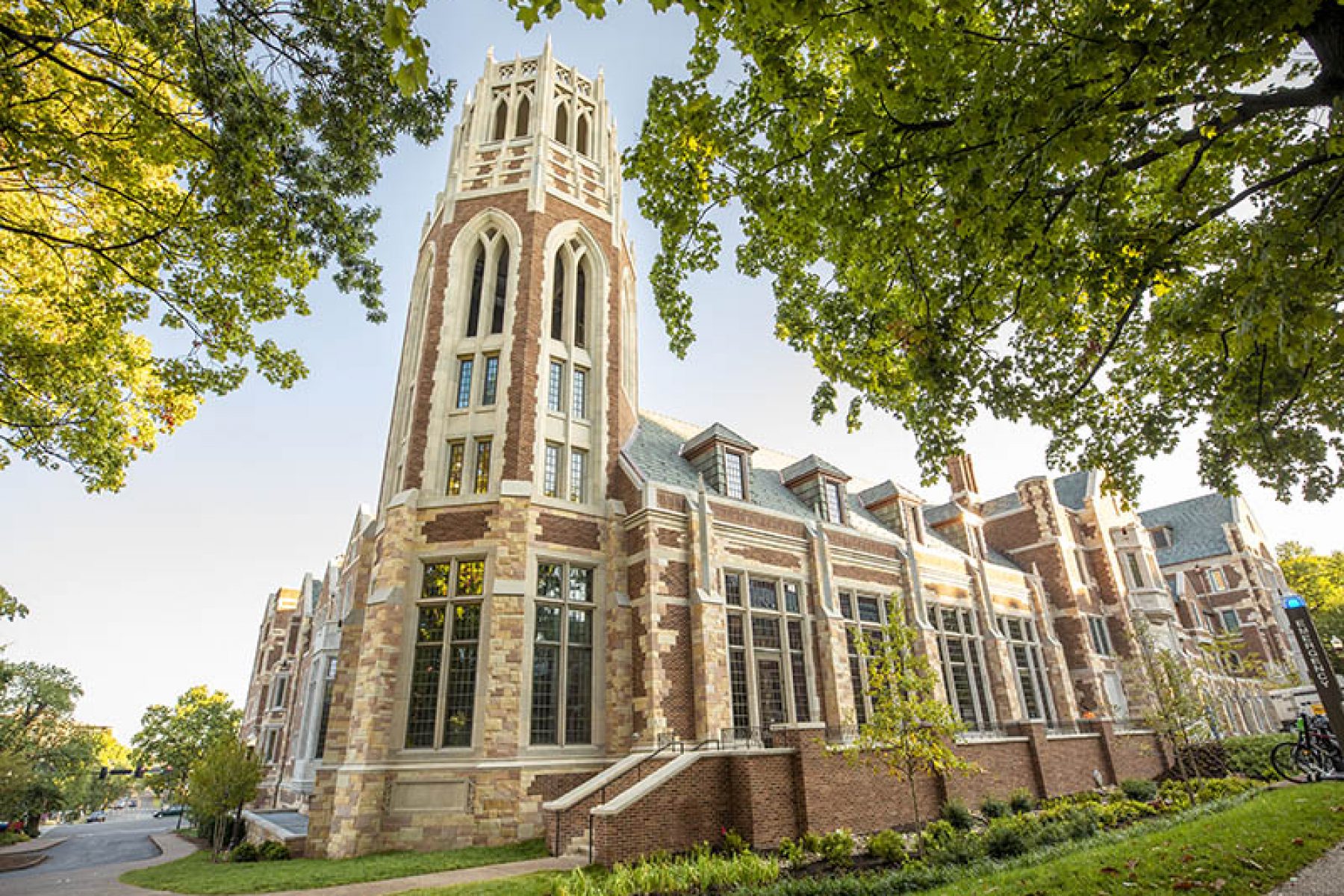The Vanderbilt Family History - America's Storied Lineage
The Vanderbilt family, a name that still echoes with tales of immense riches and grand homes, became quite well-known during a time in American history often called the Gilded Age. Their story, you know, really began with one man's vision for moving goods and people across the country. What started as large businesses in moving things by boat and train, built by Cornelius Vanderbilt, soon grew to include many other types of work and ways of giving back to communities.
For a while, they were, in some respects, the family with the most money anywhere on the planet. Yet, their time at the very top was, oddly enough, not meant to last forever. The tale of how this family, once so incredibly wealthy, seemed to lose almost all of it, is a story that many find quite interesting. It's a bit of a cautionary tale, really, about what happens when vast fortunes are passed down through the generations.
This particular family, with roots going back to Holland, shaped a lot of what we think of when we picture America's period of great industrial growth. They built structures that still stand, started institutions that continue to serve, and, well, they certainly left their mark on the country's story. So, let's take a closer look at the people and events that made up the Vanderbilt family history.
Table of Contents
- The Commodore's Start - Building a Fortune
- Who was Cornelius Vanderbilt, actually?
- Expanding the Empire - What Happened Next?
- The Vanderbilt Family History - Generations of Influence
- Grand Homes and Giving Back - How Did They Spend It?
- Estates and Philanthropy in Vanderbilt Family History
- The Decline - Why Did the Fortune Shrink?
- The Vanderbilt Family History - A Swift Change
The Commodore's Start - Building a Fortune
The story of the Vanderbilt family, you see, truly kicks off with Cornelius Vanderbilt. He was the one who laid down the very first stones for what would become an enormous amount of money and influence. Born in 1794, Cornelius, who later got the nickname "The Commodore," began his working life in a rather simple way. He was, in a way, just a young man trying to make a living, running a ferry service in New York Harbor. From those small beginnings, he, quite literally, steered his way into something much, much bigger.
His early success came from moving goods and people by boat, which was, at the time, a really important part of how America grew. He had a knack for business, a real talent for seeing where things were headed and how to get there first. This skill allowed him to, sort of, build up a sizable business in water transport. Then, as the country started to look to railroads as the next big thing, he, too, shifted his focus, moving his money and efforts into that new kind of business. This move was, actually, a very smart one, and it made his wealth grow even more.
Cornelius was, in many ways, a force to be reckoned with. He wasn't afraid to take chances, and he understood how to put together large operations that made a lot of money. His businesses in shipping and then in railroads became, you know, the bedrock of the family's immense wealth. He was the main older man of a rich and important family, and his efforts set the stage for all the wealth and fame that followed. It's almost hard to imagine how one person could build so much from what seemed like so little.
Who was Cornelius Vanderbilt, actually?
Cornelius Vanderbilt, the man who started it all for this famous family, was a figure of great importance in his time. He was known for his drive and his sharp business sense. People called him "The Commodore" because of his early work with boats. He was, basically, a self-made man, which was a common story for some of the wealthiest people in that period of history. He didn't come from a family with a lot of money; he earned every bit of it himself, which is, honestly, quite a feat.
| Full Name | Cornelius Vanderbilt |
| Born | May 27, 1794, Port Richmond, Staten Island, New York |
| Died | January 4, 1877, New York City, New York |
| Known For | Building large businesses in shipping and railroads, establishing the Vanderbilt family fortune, philanthropy (Vanderbilt University) |
| Net Worth at Death | Around $100 million (a truly surprising amount for 1877) |
| Family Role | Patriarch, founder of the Vanderbilt dynasty |
He was, in fact, the first person in their line, a Dutch farmer named Jan Aertsen Vanderbilt, who came to New Amsterdam, which is now New York, back in 1640 when he was just thirteen years old. He came, as many did, to have a better life, and that desire for something more, you know, seemed to run through the family's bloodline. Cornelius himself, though, really took that drive to an entirely new level. He was, to be honest, a very determined person, and he didn't shy away from competition or hard work. His financial success was, actually, something quite remarkable for his time, making him one of the wealthiest people in the United States.
When he passed away in 1877, his personal wealth was, pretty much, an amount of money that was truly surprising, especially for that era. He left behind a fortune that was, in some ways, almost beyond belief. This money became the foundation for his children and grandchildren, allowing them to live lives of extreme comfort and, in many cases, to build even more on what he had started. He also made a significant gift, you know, the first amount of money given to start Vanderbilt University in Nashville, Tennessee, which was his only major act of giving money to good causes.
Expanding the Empire - What Happened Next?
After Cornelius, his son, William Henry Vanderbilt, took the reins, and he, too, showed a real knack for growing the family's money. He kept the railroad businesses going strong and, in fact, even made them bigger. It was under his watch that the family's fortune continued to swell, reaching even greater heights. William Henry was, in a way, a very capable businessman, and he understood how to manage the vast enterprises his father had created. He made sure the family's money stayed at the very top for quite some time, which, you know, is not always easy to do when you inherit such a large amount.
The family's influence didn't stop with William Henry. The third group of Vanderbilts, following Cornelius and William Henry, was led by three of William Henry's four sons. Among these three, Cornelius Vanderbilt II was, honestly, the one who worked the hardest to make the family's money and name even stronger. He was very dedicated to furthering what his grandfather had started, which is, in some respects, a rare thing to see in later generations of wealthy families. They continued to expand into many other types of work and ways of giving back, showing that the family's drive for success was still very much alive.
The Vanderbilt Family History - Generations of Influence
The Vanderbilt family history, you see, involves many people across several generations, each playing a part in how the family's story unfolded. From the late 1800s to the early 1900s, the family tree has many people in its history. This line of people, from Cornelius to his grandson, William Kissam Vanderbilt II, includes a range of people who start businesses and those who give money to good causes, and they really made a difference to the country's past. They were, in a way, shaping the future of American industry and society.
The family's reach went beyond just making money. They became, sort of, figures of high society, building grand homes and influencing culture. Their presence was felt in New York City, where they built really big, fancy houses on Fifth Avenue, and in Newport, Rhode Island, where they had very nice places for summer breaks. These homes, like The Breakers and The Marble House, became symbols of their incredible wealth and, well, their desire to show it off. They were, basically, part of a new kind of American royalty, with their vast fortunes and their elaborate lifestyles.
George Washington Vanderbilt, for example, born in 1862 to William Henry and Maria Louisa Vanderbilt, was another important figure. His family ancestors, as I was saying, came to America around 1650, moving from Holland and settling on Staten Island, New York. While the Vanderbilts were doing well making a living from the land for a time, that was all about to change with Cornelius. George himself would go on to build Biltmore Estate, a truly massive home in North Carolina, which is, in fact, a very popular place for visitors even today.
Grand Homes and Giving Back - How Did They Spend It?
With so much money, the Vanderbilts, naturally, spent it in ways that were, to say the least, quite grand. They built some of the most houses that showed off a lot of money in the United States. These big places, made as summer getaways and places to live all the time, still grab people's attention with how beautifully they were built and how important they are to the past. They were, in a way, expressions of their wealth, but also of their desire to create something lasting and beautiful. The homes themselves became, you know, works of art in their own right.
The Breakers and The Marble House in Newport, Rhode Island, are prime examples. These estates, over the years, have made work for people and helped build up the visitor business in Rhode Island, which, in turn, really assisted the local money system. They are, essentially, living museums that tell the story of a bygone era, and they continue to draw crowds who want to see how the other half, or rather, the richest fraction of the half, lived. It's almost like stepping back in time when you visit them, which is, actually, pretty cool.
Estates and Philanthropy in Vanderbilt Family History
Beyond the grand houses, the Vanderbilt family history also includes a notable tradition of giving money to good causes. As mentioned, Cornelius Vanderbilt gave the initial amount of money to start Vanderbilt University in Nashville, Tennessee. This gift, made in the spring of 1873 when he was in his seventy-ninth year, was, basically, his only major act of giving money to good causes. It showed, however, that he understood the importance of education and of leaving a lasting mark on the country beyond just his businesses. The university stands today as a lasting sign of his generosity.
The Biltmore Estate, which is George Washington Vanderbilt's creation, also has a fascinating story. This huge house, built in Asheville, North Carolina, was meant to be a country retreat, a place for him to enjoy nature and his vast collection of books and art. Its beginning, its growth into a cherished national treasure, and the family responsible for its making and keeping it safe are all part of the Vanderbilt story. It's, truly, a place that shows the scale of their ambition and, in a way, their taste for beauty and grandeur. The grounds alone are, you know, just enormous.
So, while the family was known for their great wealth and the lavish ways they spent it on homes, they also, in some respects, contributed to the public good. The creation of jobs through their estates and the support of institutions like Vanderbilt University show that their impact was not just about personal luxury. They were, in a way, helping to build the very fabric of American society, even if it was, at times, a bit indirectly through their spending and investments. This dual aspect of their legacy, you know, wealth and giving, is what makes their story so interesting.
The Decline - Why Did the Fortune Shrink?
Despite their incredible start and continued growth for a few generations, the money the Vanderbilt family had, well, it seemed to go away very quickly. This quick lessening of their money is, honestly, a tale that often surprises people. How could a family, once the richest anywhere, see their vast fortune dwindle so much? It's a question that, you know, gets asked a lot when people look at the Vanderbilt family history. The reasons are, in fact, a bit complex, but they mostly come down to how the money was managed, or perhaps, not managed, by later generations.
The early Vanderbilts, like Cornelius, were, basically, business builders. They took risks, invested wisely, and focused on making their money grow. However, as the fortune was passed down, it was often divided among many heirs. These later generations, in some respects, grew up with immense wealth and didn't always have the same drive or business sense as the family's founder. They were, after all, born into comfort, which can, sometimes, make people less inclined to work hard or to be careful with money. This shift in mindset was, actually, a big part of the problem.
The Vanderbilt Family History - A Swift Change
The swift change in the Vanderbilt family's money situation can be traced to several factors. For one, there was a lot of lavish spending. The building of those huge, fancy houses, for example, cost enormous sums of money, not just to build but also to keep up. These grand places required a lot of staff, constant repairs, and expensive furnishings, which, you know, just ate away at the family's funds. It was, in a way, a lifestyle that was very hard to maintain over many generations, especially when the original source of the money was no longer actively growing at the same pace.
Another thing that happened was that the later Vanderbilts, often, didn't invest their money in new businesses or expand on the existing ones in the same way Cornelius did. Instead, they tended to live off the income from the existing fortune, which, over time, meant that the money wasn't growing as fast as it was being spent. There were also, as a matter of fact, some less than stellar business decisions made by some family members, and, too, some bad luck with investments. This meant that the money, rather than multiplying, began to shrink, little by little, or sometimes, quite a lot at once.
The story of Gloria Vanderbilt, who passed away on June 17, 2019, at the age of 95, offers a more recent look at how the family's famous fortune, well, they pretty much spent it all without much to show. While Gloria herself had a successful career in fashion and art, the overall family money had, basically, been gone for many years before her passing. Her life, in a way, showed that while the name remained famous, the incredible wealth that once defined the family was, actually, a thing of the past. The decline was, you know, a very real and quite quick process for one of America's most famous wealthy families.
- Shyna Khatri Web Series Online
- %C3%B0%C3%B0%C2%B5%C3%B1%C3%B1%C3%B0%C2%B5%C3%B0%C3%B0%C2%BA%C3%B0
- Anna Malygon Only Fans Free
- Maya G Viral Video Sex
- Sean Penn Maladie

Vanderbilt University

Vanderbilt University Logo and symbol, meaning, history, PNG, brand

Vanderbilt University Logo and symbol, meaning, history, PNG, brand